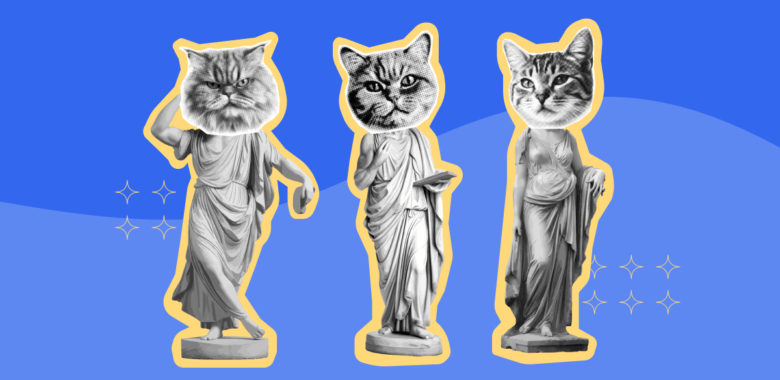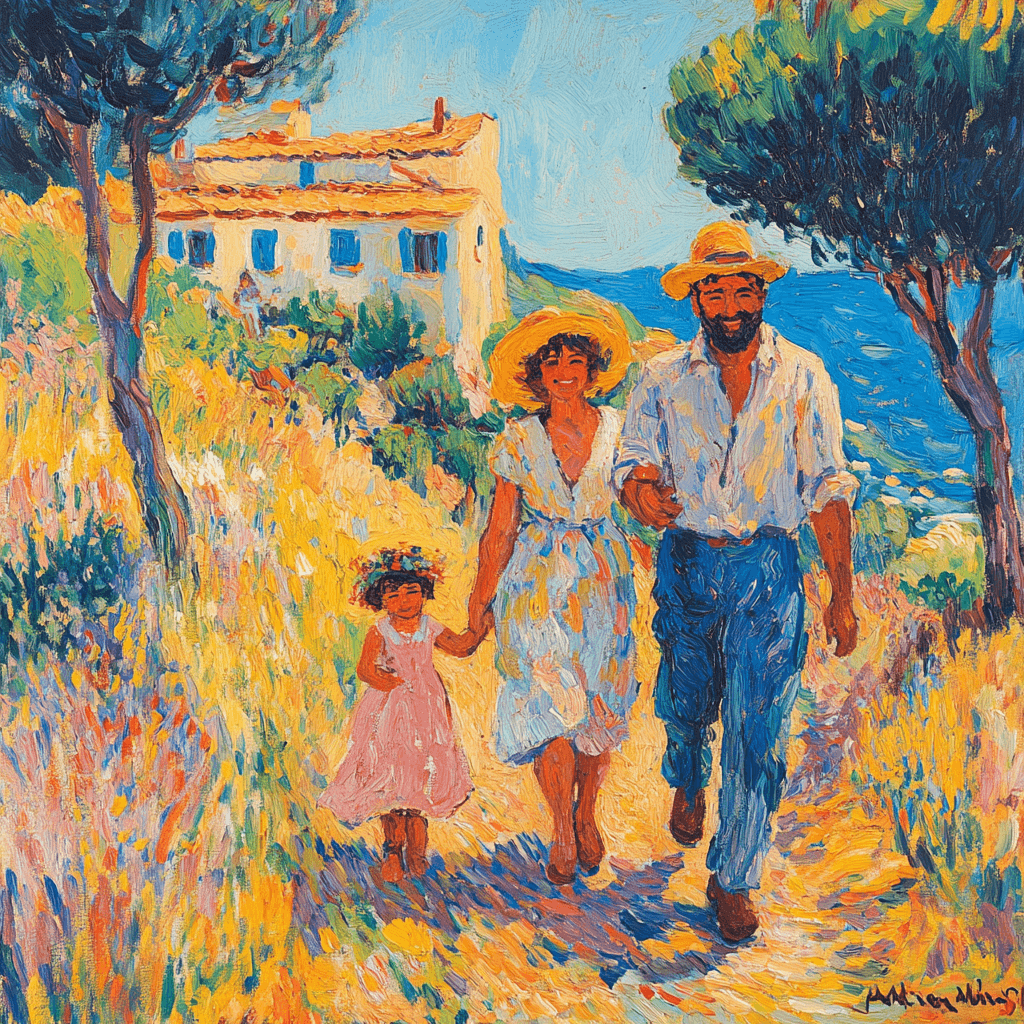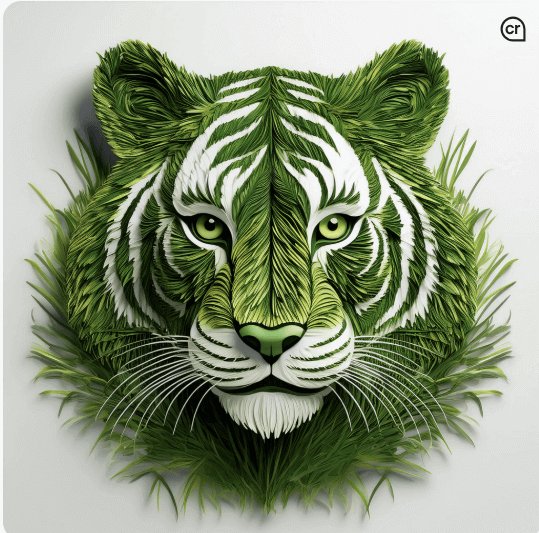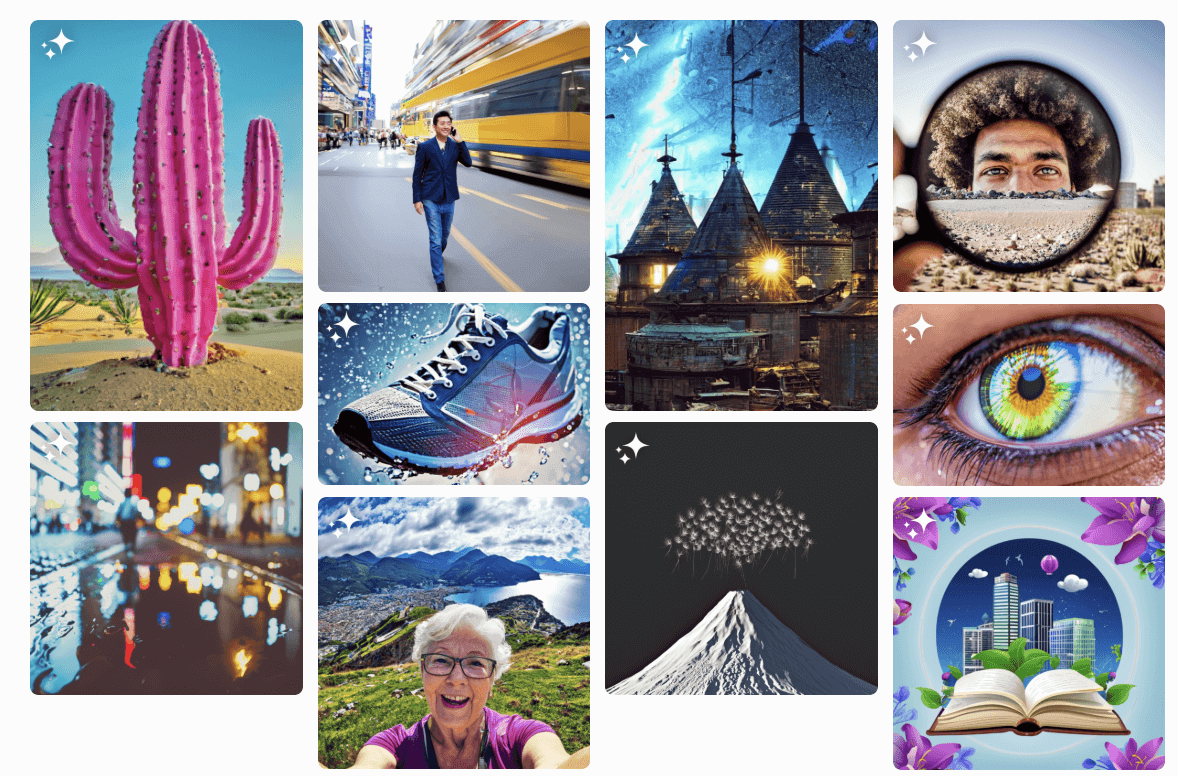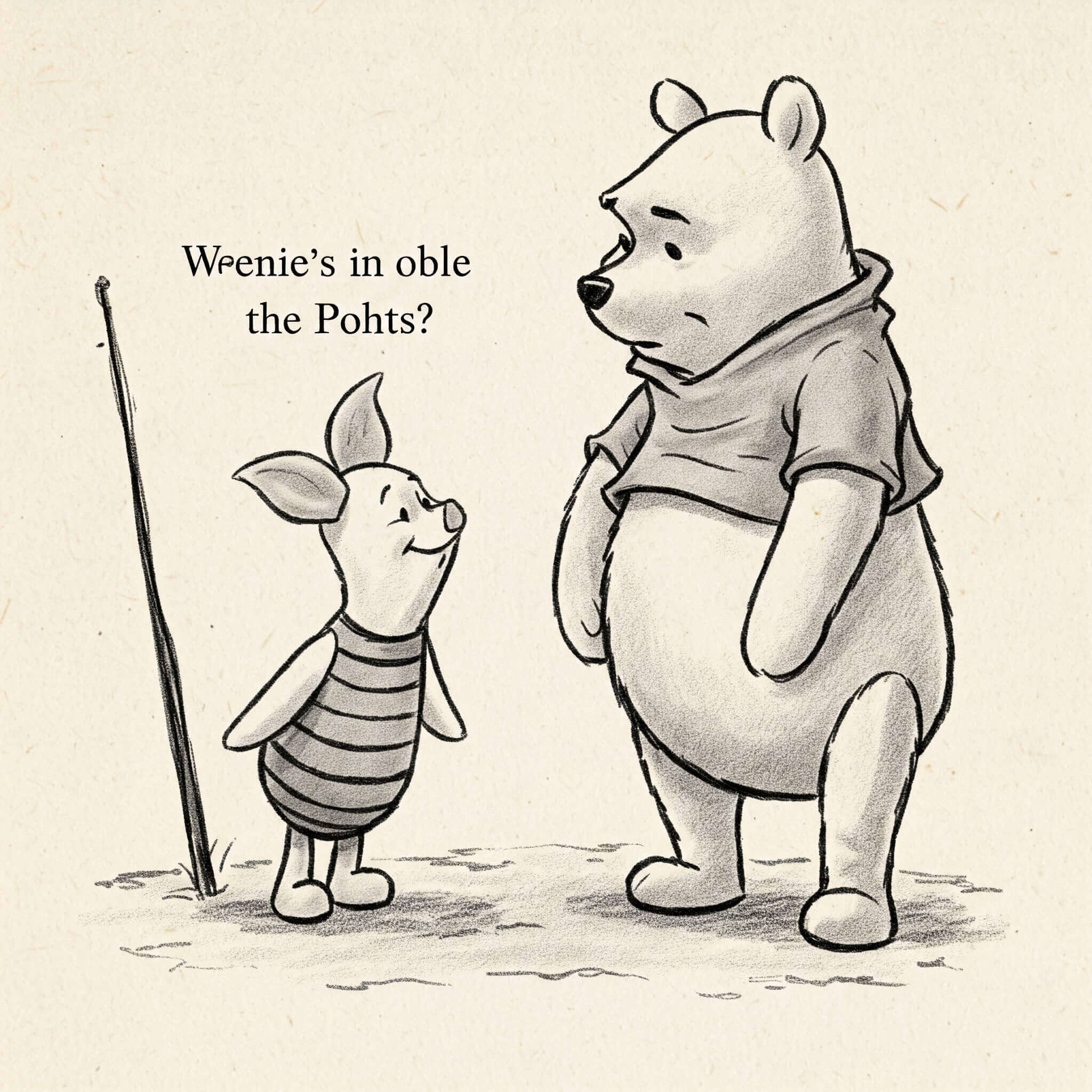While there are no restrictions on creating characters, there are guardrails on violence: Leonardo refused to create an image of Piglet firing a gun, depicting the scene from the cartoon where he shoots the balloon.
Another interesting feature is the recently-added Flow State: a tool that creates a series of images after a simple prompt and lets you choose which ones you like best so that it can further iterate. In an attempt to generate more interest, Leonardo made Flow State iteration dirt-cheap: just one token, whereas creating a new image from scratch costs 40 tokens.
Speaking of, the token is Leonardo’s currency — the amount you need depends on task complexity. For example, the free plan gives you 150 tokens — you can create three images with that limit. The first paid plan — the Apprentice — is $10 per month, and it hands you 5,500 tokens, which equals to a little fewer than 140 images.
But still, Leonardo looks like a thoroughly professional tool. You can input a short and easy prompt, but then AI works on that — the resulting prompt is 3-4 sentences long and highly detailed. Leonardo creates 4 images per prompt, which you can then use for the Flow State — or edit to your heart’s content. And there are many, many ways you can edit these images — you’ll likely need a professional designer to make sense of all the functionality on offer.
Midjourney
